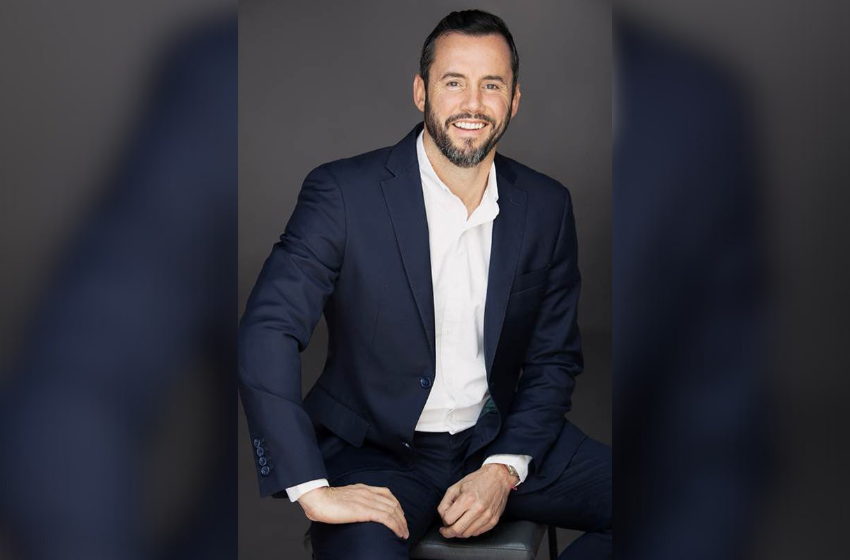
With just weeks left in 2024 for employees to assess and potentially change their medical scheme options for 2025, employers have a unique opportunity – and responsibility – to help their staff make well-informed decisions. Annual selection windows close at the end of the year and options typically cannot be upgraded mid-year. This creates an immediate need to make choices that balance healthcare needs with affordability and benefits.
“Employers play a vital role in supporting their employees through this process, and partnering with an experienced financial advisory firm will add an extra layer of understanding which, in turn, can simplify these decisions Employers may not realise that the cost of using a healthcare broker comes at no additional cost to either the employer or the member. By partnering with a healthcare consulting specialist, employees can receive personalised assistance in navigating their healthcare options and making informed decisions. This extra layer of expertise can provide peace of mind, ensuring employees select the most suitable options for their healthcare needs without incurring extra costs. “says Gary Feldman, Executive Head of Healthcare Consulting at financial advisory firm NMG Benefits.

Specialised advisors can provide actuarial assessments and comparisons of scheme stability, average age, and membership growth or loss, which are all indicators of a scheme’s sustainability and suitability. This level of analysis allows employers to align benefits with their employees’ real needs and risks. It also clarifies the implications of switching options or providers, which may result in exclusions or waiting periods being imposed for pre-existing conditions – information that is particularly pertinent at this time of year.
These statistics can also provide the peace of mind that come from knowing that a medical scheme holds the financial reserves mandated by the Council for Medical Schemes and is thus well-positioned to pay claims over the long-term.

Balancing affordability with increased access via medical insurance solutions
Medical insurance products, like Primary care cover has manifold benefits for employers and employees alike and, of these cost of cover vs. cost of absenteeism due to ill health often result in significant returns on investment (ROI), cost efficiency is first and foremost. In the context of the rising cost of private healthcare making it increasingly difficult for consumers to adequately cover their medical needs, primary care products accessed, via employer groups, brings cover within reach of a wider group.
This is especially true of group schemes that enable employers to provide primary care options, which ensure that even low-earning employees can access essential services. As examples, primary care covers treatment for common chronic conditions like hypertension, as well as general practitioner visits via designated providers that adhere to prescribed standards and are open outside of normal working hours. The benefits for employees speak for themselves.
From an employer’s point of view, being able to reduce absenteeism can result in quantifiable bottom-line, and primary care ensures that employees no longer have to take time off work in order to visit government healthcare facilities.

Big peace of mind for a small additional cost
In terms of affordability, gap cover products, which are additional medical insurance products to your standard medical scheme, are designed to offset shortfalls associated with certain procedures and medical professional fees that may not otherwise be fully covered while hospitalised.
Examples of these include doctors who charge more than the rate at which medical schemes will pay, as well as the difference between the medical scheme rate and the actual cost of CT scans and MRIs. Over and above covering this ‘gap’ and sparing members from having to pay these costs themselves, employer-run gap cover products are often much lighter on employee’s wallets than if they sign up as individuals.
Feldman explains that when employers make group gap cover available through payroll, it can mean savings of up to 50% for employees if the employer groups are large, while also helping to ensure that they are better protected against high healthcare costs.”
“A structured approach to healthcare benefits not only helps to keep employees physically healthy; it also enhances a company’s standing as an employer of choice. However, navigating the inherent complexities can be a minefield. Partnering with a respected industry adviser makes medical care benefits simpler for everyone. And, by offering robust information on healthcare options, employers can ensure that their staff make optimal choices,” says Feldman.
Share via:




















